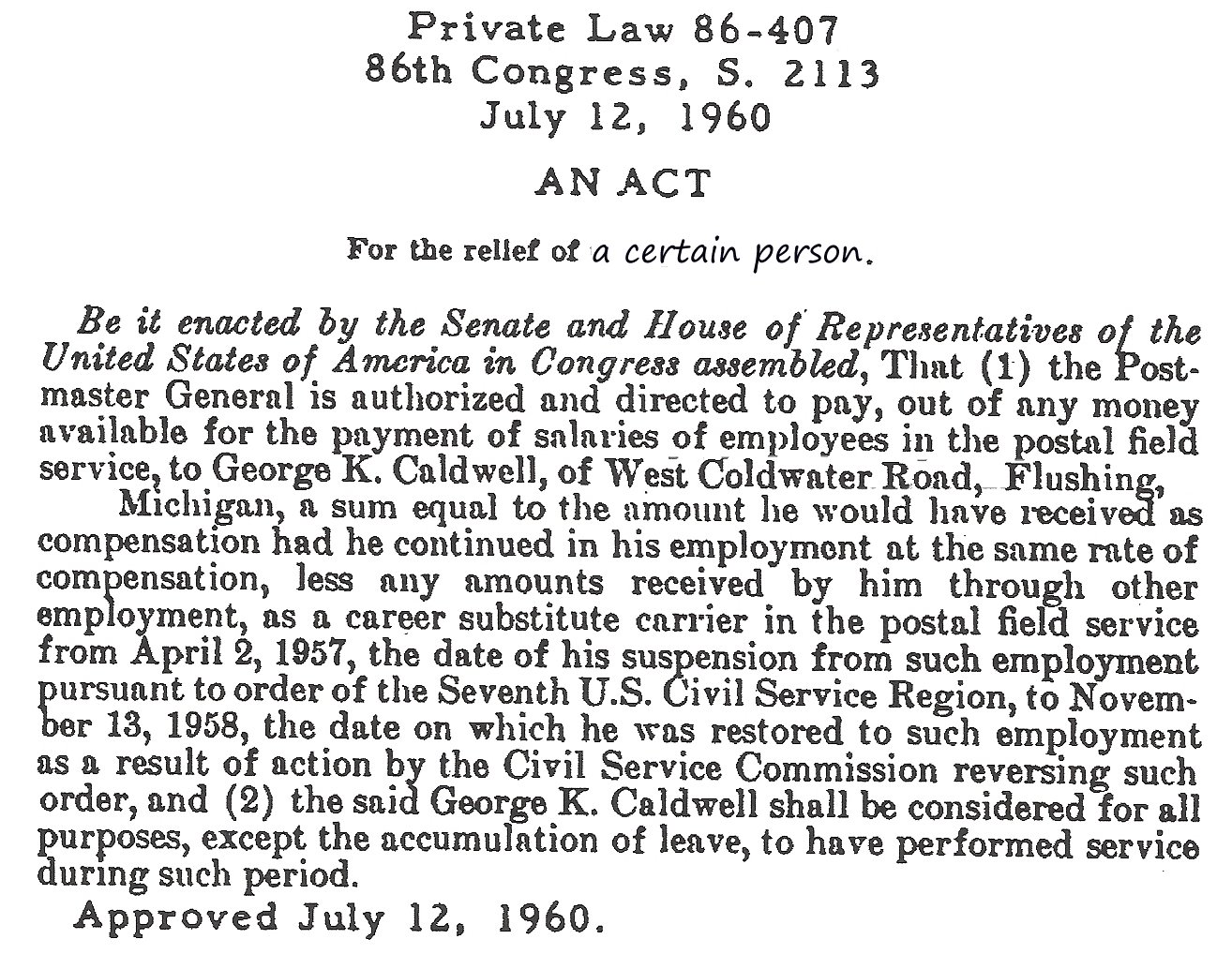|
Anti-Injunction Act
The Anti-Injunction Act (28 U.S.C§ 2283, is a United States federal statute that restricts a federal court's authority to issue an injunction against ongoing state court proceedings, subject to three enumerated exceptions. It states: : "A court of the United States may not grant an injunction to stay proceedings in a state court except as expressly authorized by Act of Congress, or where necessary in aid of its jurisdiction, or to protect or effectuate its judgments''."'' The Act was originally enacted as part of the Judiciary Act of 1793. The current Act was enacted in 1948. As interpreted by the Supreme Court of the United States, the Act is a bastion of federalism and embodies the need to avoid "needless friction" between state and federal courts. History 1793 enactment and 19th-century development Section 5 of the Judiciary Act of 1793 provided that no "writ of injunction hallbe granted to stay proceedings of any court of a state." The provision has no legislative hi ... [...More Info...] [...Related Items...] OR: [Wikipedia] [Google] [Baidu] |
Act Of Congress
An Act of Congress is a statute enacted by the United States Congress. Acts may apply only to individual entities (called Public and private bills, private laws), or to the general public (Public and private bills, public laws). For a Bill (law), bill to become an act, the text must pass through both houses with a majority, then be either signed into law by the president of the United States, be left unsigned for ten days (excluding Sundays) while Congress remains in session, or, if vetoed by the president, receive a congressional override from of both houses. Public law, private law, designation In the United States, Acts of Congress are designated as either public laws, relating to the general public, or private laws, relating to specific institutions or individuals. Since 1957, all Acts of Congress have been designated as "Public Law X–Y" or "Private Law X–Y", where X is the number of the Congress and Y refers to the sequential order of the bill (when it was enacted). ... [...More Info...] [...Related Items...] OR: [Wikipedia] [Google] [Baidu] |
